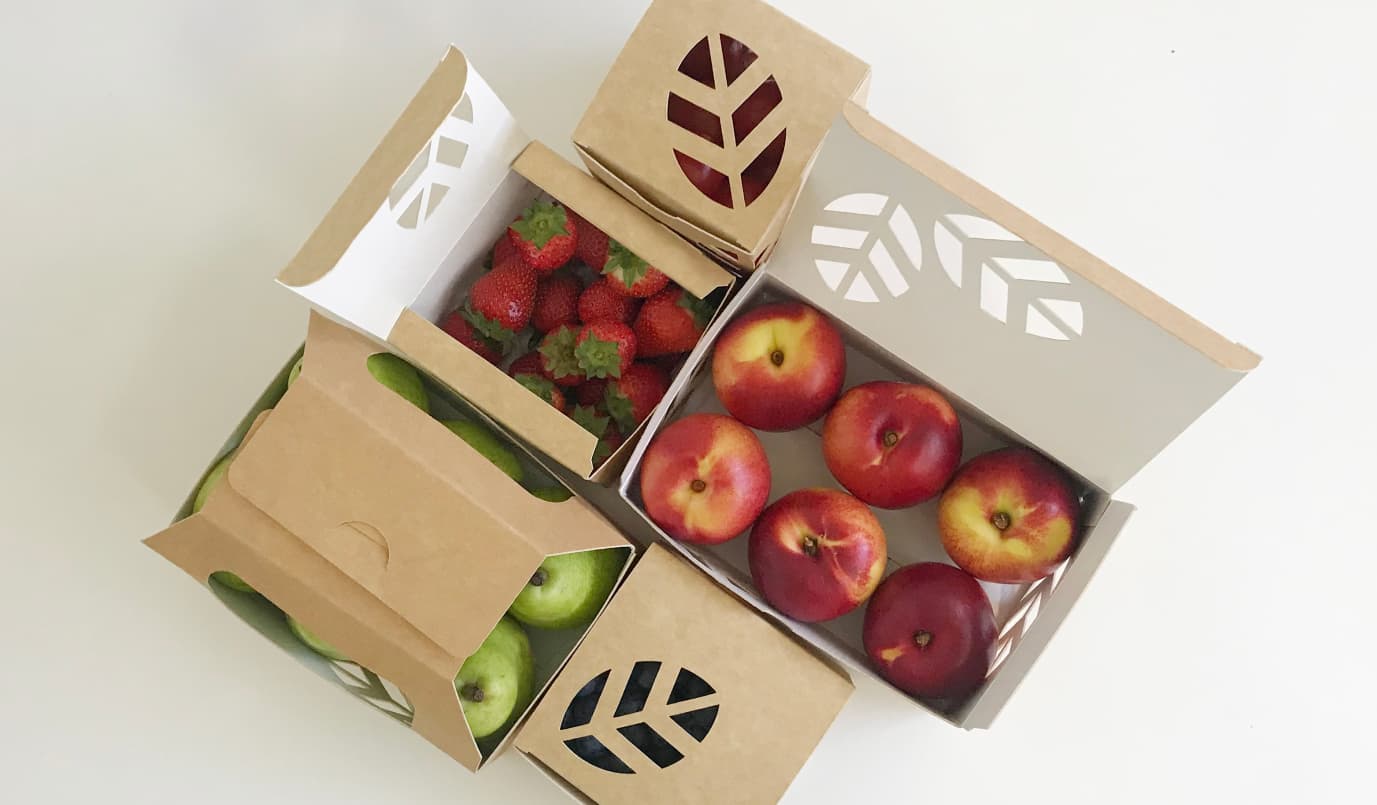Packaging plays a crucial role in our daily lives, protecting products and ensuring their safe delivery. However, not all packaging materials are created equal when it comes to recyclability. In this blog post, we will explore the types of packaging that cannot be recycled and delve into the reasons behind their environmental impact. By understanding these aspects, we can make more informed choices and contribute to a sustainable future.
- Plastic Film and Wrappers:
Plastic film, such as cling wrap and plastic bags, poses a significant challenge for recycling facilities. Its thin and flexible nature often causes it to get tangled in sorting machinery, leading to breakdowns and inefficiencies. Additionally, plastic film is made from low-density polyethylene (LDPE), a material that is not widely accepted by recycling programs. To reduce the environmental impact of plastic film, consider reusing it or opting for reusable alternatives like beeswax wraps. - Polystyrene Foam:
Polystyrene foam, commonly known as Styrofoam, is widely used in packaging due to its lightweight and insulating properties. However, it is notoriously difficult to recycle. The material is bulky, making it uneconomical to transport and process. Moreover, its composition contains toxic chemicals that can contaminate recycling streams. To minimize the use of polystyrene foam, choose packaging materials made from more sustainable alternatives like paper-based or biodegradable materials. - Multi-layered Packaging:
Multi-layered packaging, such as juice boxes and chip bags, consists of different materials fused together to provide optimal product protection. Unfortunately, this combination of materials makes it challenging to separate and recycle them effectively. The layers often include a mix of plastic, aluminum, and paper, which require specialized recycling facilities to handle. To reduce the environmental impact of multi-layered packaging, choose products with simpler packaging designs or ones that use recyclable materials. - Tetra Pak:
Tetra Pak, commonly used for packaging milk and other beverages, is a type of composite packaging that poses recycling challenges. It consists of multiple layers of paper, plastic, and aluminum, making it difficult to separate and recycle these materials efficiently. While some recycling facilities can handle Tetra Pak, they are not as widely available as facilities for other packaging materials. To promote sustainability, consider purchasing beverages in alternative packaging formats, such as glass bottles or cans.
Conclusion:
While packaging serves essential functions in product protection and delivery, it is crucial to be aware of the environmental impact of certain packaging materials. Plastic film, polystyrene foam, multi-layered packaging, and Tetra Pak are examples of packaging that cannot be easily recycled. By understanding these limitations, we can make more informed choices as consumers and advocate for sustainable packaging alternatives. Together, we can contribute to a greener future and reduce the burden on our planet.
